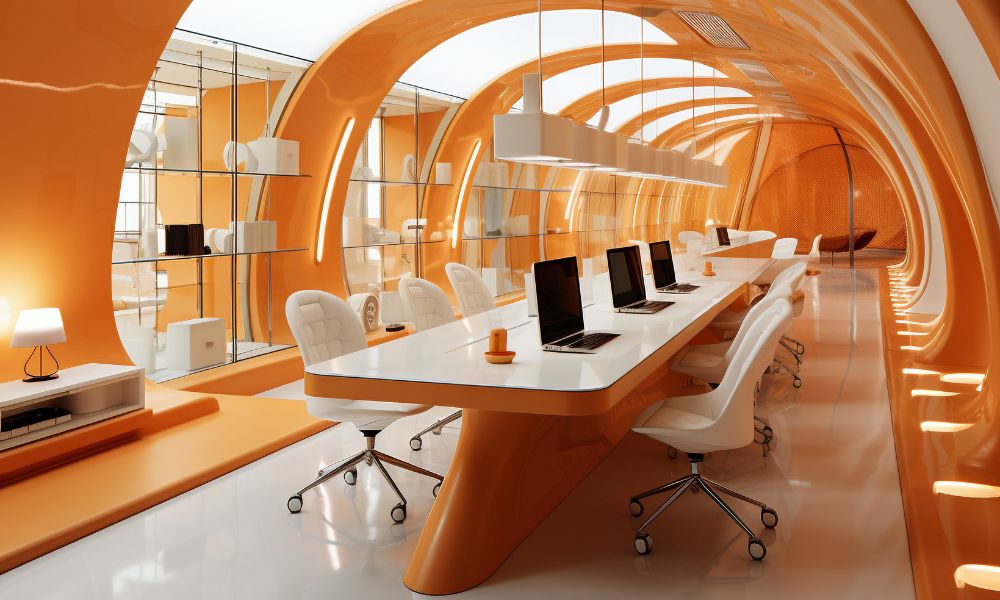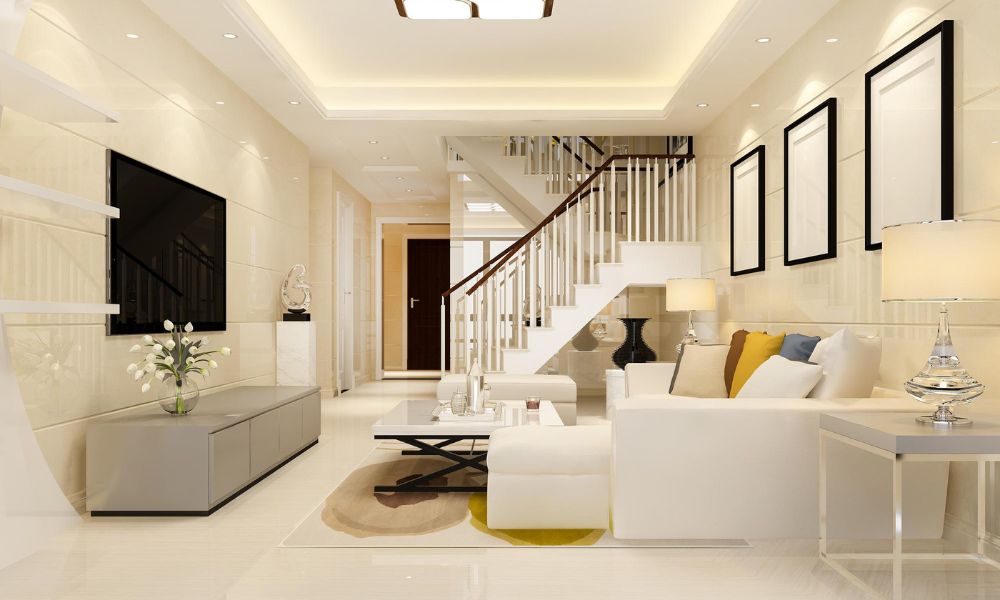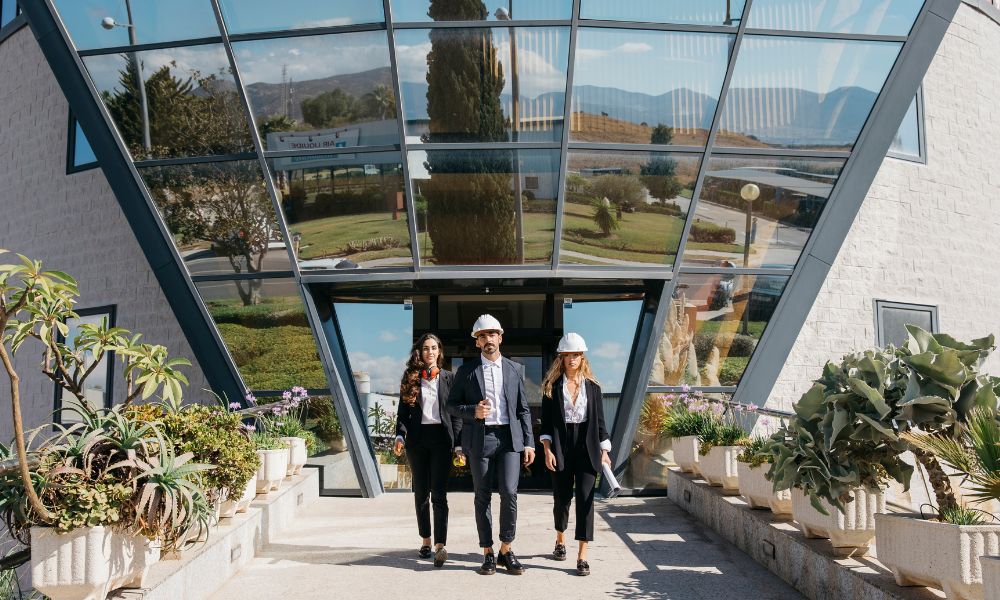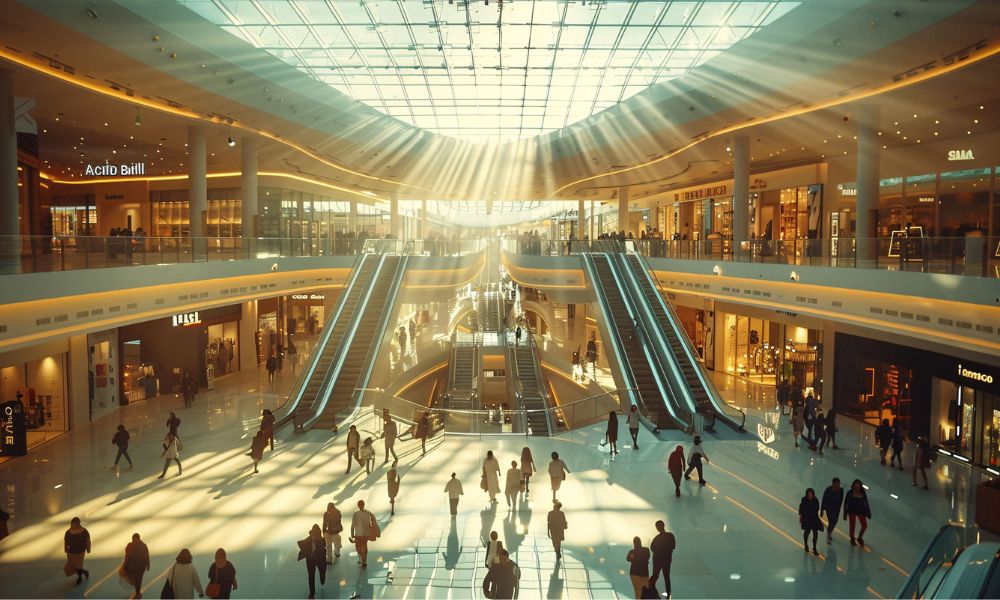Explore how modern commercial building design fuels business success by combining innovation, sustainability, and functionality in every space.
In today’s fast-paced business world, the workplace is more than a space to work—it’s a reflection of brand identity, innovation, and growth potential. The way a building is designed can influence productivity, collaboration, and even customer perception. This is why commercial building design has become a cornerstone of modern business success.
With strategic layouts, sustainable features, and smart technologies, commercial building design goes beyond construction. It creates environments that inspire employees, impress clients, and deliver long-term value for organizations.
What Is Commercial Building Design?
At its core, commercial building design refers to planning and creating spaces for business operations—ranging from offices and retail centers to hotels, hospitals, and educational institutions. Unlike residential projects, commercial design focuses on:
- Functionality: Spaces tailored to specific business activities.
- Scalability: Designs that adapt to future growth.
- Brand identity: Architecture that reflects organizational values.
- Efficiency: Maximizing resources and minimizing waste.
Modern commercial building design merges aesthetics with performance, ensuring businesses thrive in both form and function.
The Impact of Commercial Building Design on Success
Boosting Productivity
A well-planned office layout improves workflow and minimizes distractions. Open spaces encourage collaboration, while private zones allow focus.
Enhancing Brand Image
First impressions matter. A cutting-edge commercial building design communicates professionalism, innovation, and reliability to clients and stakeholders.
Attracting and Retaining Talent
Employees today want more than just a desk. Natural light, ergonomic furniture, and wellness-focused spaces keep them motivated and loyal.
Driving Customer Engagement
For retail and hospitality, the design of the building itself plays a key role in customer satisfaction. Ambience and flow directly affect buying decisions.
Key Elements of Modern Commercial Building Design
1. Layout and Functionality
A thoughtful floor plan ensures that every square foot serves a purpose. Efficient commercial building design minimizes wasted space and optimizes traffic flow.
2. Sustainability and Green Architecture
Eco-friendly materials, energy-efficient systems, and natural ventilation are no longer optional—they are essential. Businesses benefit from reduced operational costs and enhanced public reputation.
3. Technology Integration
Smart lighting, climate control, and automated security are standard features of modern commercial building design. They improve efficiency while elevating user experience.
4. Flexibility and Adaptability
In a rapidly changing world, buildings must adapt. Modular designs and multipurpose spaces allow businesses to evolve without costly renovations.
5. Aesthetic Appeal
Design is not only about efficiency—it’s also about inspiration. Sleek facades, contemporary interiors, and creative use of materials bring character to commercial spaces.
Sustainability in Commercial Building Design
Today’s businesses prioritize sustainability, both for cost savings and corporate responsibility. Features include:
- Energy-efficient HVAC systems.
- Solar panels and renewable energy sources.
- Water recycling and rainwater harvesting.
- Use of recycled and locally sourced materials.
- Natural landscaping for eco-balance.
By embedding these elements, commercial building design contributes to a greener future while supporting business profitability.
How Commercial Building Design Shapes Employee Well-Being
A workplace impacts mental and physical health. Forward-thinking commercial building design includes:
- Daylight access: Boosts mood and productivity.
- Green spaces: Indoor plants and outdoor gardens reduce stress.
- Ergonomic features: Furniture and layouts designed for comfort.
- Wellness amenities: Fitness zones, relaxation areas, and healthy cafeterias.
When employees feel cared for, businesses thrive.
Case Studies: Success Through Commercial Building Design
Tech Headquarters
A global tech company integrated flexible workstations, collaborative hubs, and sustainable energy solutions. The result? Increased innovation and a 25% rise in productivity.
Retail Chain
By redesigning their stores with open layouts, interactive zones, and eco-friendly lighting, a retail brand saw a 30% increase in customer engagement.
These examples highlight how commercial building design directly contributes to measurable success.
Challenges in Commercial Building Design
Even the best designs face challenges:
- Balancing cost and quality – Premium materials vs. budget constraints.
- Meeting regulations – Adhering to zoning laws and safety standards.
- Future-proofing – Designing for today without compromising tomorrow’s needs.
Skilled architects navigate these complexities to deliver long-lasting value.
Tips for Effective Commercial Building Design
- Understand the business model – Align design with organizational goals.
- Prioritize user experience – Employees, clients, and customers should all feel comfortable.
- Incorporate flexibility – Anticipate growth and change.
- Focus on sustainability – Reduce costs and build a responsible image.
- Blend aesthetics with function – A beautiful space must also be practical.
The Future of Commercial Building Design
As businesses evolve, so will architecture. Future trends include:
- AI-driven building management systems.
- Net-zero energy buildings.
- Hybrid work environments.
- Biophilic design, integrating nature indoors.
The future of commecial is not only modern but also smarter, greener, and people-centric.
A commercial space is more than a physical structure—it is a driver of success. From boosting productivity and brand image to fostering sustainability and well-being, building design plays a crucial role in shaping the future of businesses.
If you want your organization to thrive, investing in modern building design is not a choice—it’s a necessity. Let’s build spaces that inspire, empower, and set your business on the path to long-term success.




